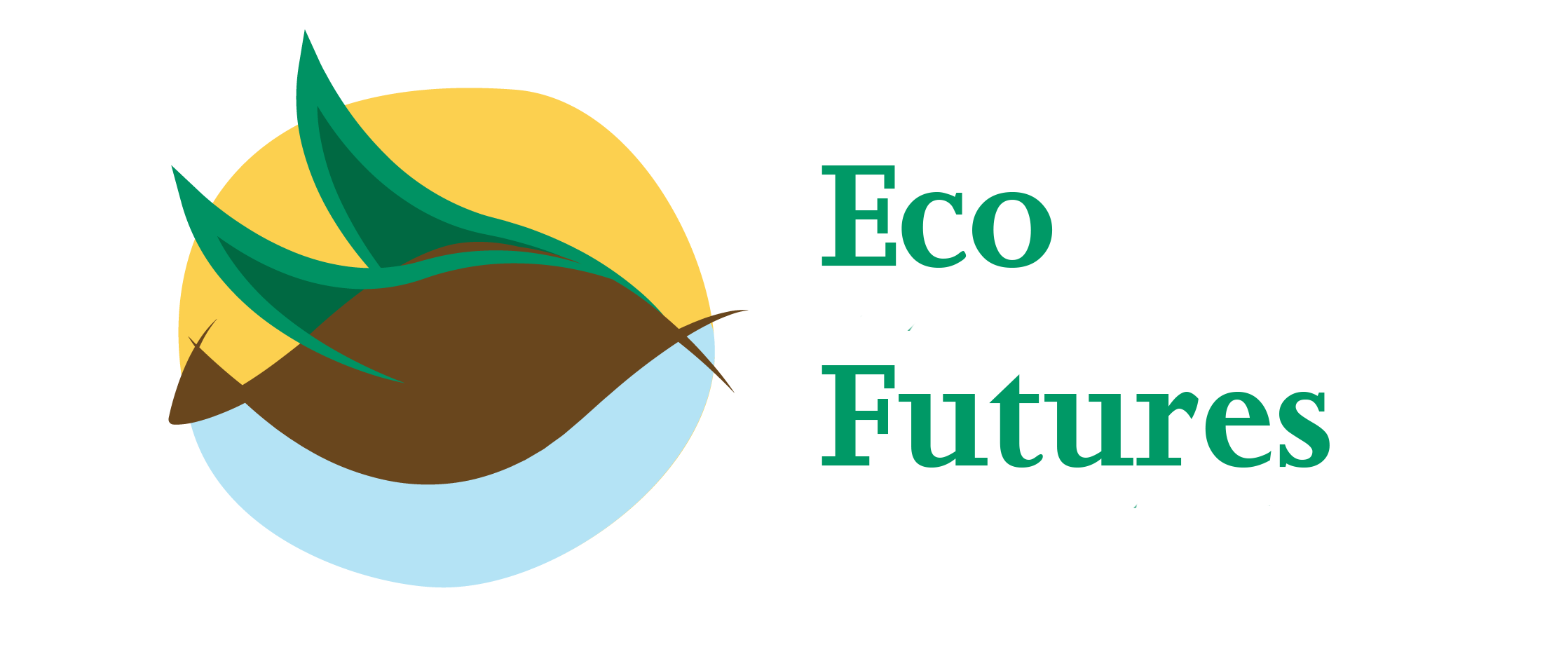Vandana Singh
Some thoughts on “When the River Sleeps” by Easterine Kire
A middle aged man lost the one love of his life in his youth. Since then he has lived apart from his relatives in a forest, tending to his job with the Forest Department. Whenever his relatives ask him to return, to marry, he simply says, “The forest is my wife.”
But he is the captive of a recurring dream. He dreams of a river that is sleeping. From the bed of the river he must pluck a stone reputed to be of great power. This is what leads our hero, Vilie, to begin his quest for the sleeping river.
This is the starting point of the extraordinary novel by Nagaland writer Easterine Kire: “When the River Sleeps.” The reader unfamiliar with Kire’s works might expect a young-adult fantasy novel from such a beginning, perhaps a Harry-Potteresque quest for an artifact that confers great powers on its owner. But nothing could be further from the truth. As we walk with Vilie through the verdant landscape of the hills of Nagaland, we certainly do meet beings both fantastic and mundane: we have hospitable villagers and nasty ones, as well as men whose spirits transform into tigers and women who can kill with a pointed finger. But Vilie’s journey is not a quest for power. The fantastic landscape owes as much to the other-worldly beauty of Nagaland as it does to the cultural and personal imagination of the author and her people, the Naga. But at the same time, Vilie’s quest is internal – the landscape of the psyche is also a fantastic realm, and the stakes there are just as high. In indigenous cultures the mundane physicality of the world is not separated from the imaginative and metaphorical, nor are these cultures beset with false dichotomies, as for example between human and (the rest of) Nature. Although Vilie starts his journey as a relatively mature, self-reflecting individual, he still has much to learn – one moment of cowardice puts him in mortal danger, forcing him from his path and purpose, until he determines to face the consequences. The journey both validates and enlarges his ethical imagination. The story arc is a circular one – at the end, Vilie is home again, but he is changed, and he is not alone. He has obtained, at great peril, and through the kindness of others, the treasure that he seeks, only to realize at the end that he no longer needs or wants it. He is free, and that is the true reward of his quest. And being free, he is able to give the treasure to someone else.
The story brings alive the characters of the people, the spirit beings and the landscape. The cultural practices of sharing and relationship building, and the notion of collaborative reciprocity (among humans and also between humans, animals and spirits) are beautifully evident in the novel, brought forth in spare, yet poetic prose.
Reading this novel during the Covid 19 lockdown in Delhi, I am struck by several contrasts and resonances. Consider the life we middle and upper classes lead in modernity. The relative comfort, security, and predictability of our days – so easily eroded by the spread of the virus – has left many people disoriented and many others in denial. Some are realizing that there’s an emptiness in our daily lives, something fundamental that is missing. Reading this book, I think about Vilie’s journey into the unknown – no comfort, no predictability, no security but that of his own physical and ethical strength and the necessary help of others. His life is far from empty – there is danger, things change unexpectedly, but there are also new friendships, deeper understanding of many things – and enchantment. Modernity has given us a lot, but robbed us of that adventurous and empathetic spirit – always in relationship with others, never alone – that we need, in order to negotiate sudden changes, interruptions and crises. It’s loss is especially apparent now, when those in positions of privilege are grumbling about the interruptions in their daily lives, and – a few among them – perhaps for the first time realizing that their privilege is rooted in the exploitation and misery of multiple Others.
The pandemic has exposed both the terrible inequalities at the heart of modern industrial civilization and the possibilities that have been lost. In the North-East, several large mining and infrastructure projects are planned or ongoing, including the Dibang Valley project in Arunachal Pradesh that threatens to drown enormous tracts of forests on which myriad animals and humans depend. There is growing evidence that modernity’s war with Nature is connected to the outbreak of pandemics. I think of Vilie’s forests drowning, or falling to the bulldozers of powerful corporates. Will the ancestor spirits exact a horrible revenge? It is hard to avoid the metaphorical interpretation of the coronavirus playing a role similar to those of the ancestor spirits in the book. There are many such resonances, many pleasures in this book. As I read it on the verandah in Delhi, under blue skies we haven’t seen for thirty years, with the birdsong loud in the mango trees, I wonder if the possibilities we have lost are retrievable after all, or whether we can only glimpse them now in dreams, or in books.
